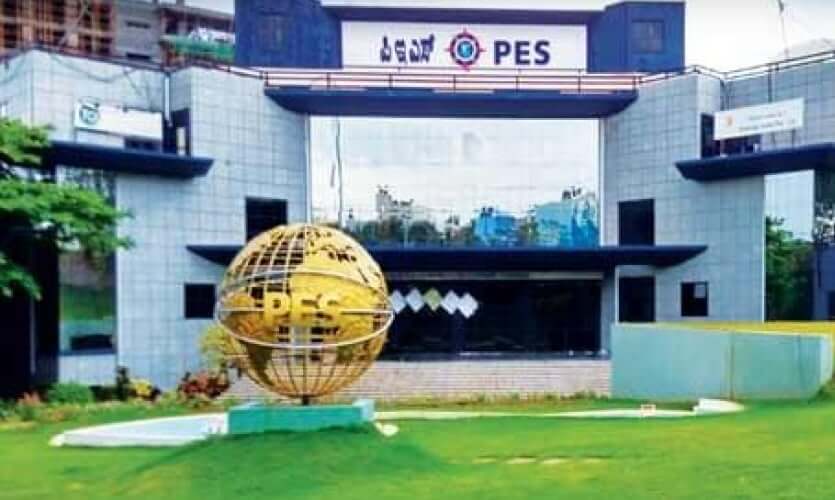Pointers in C in Hindi
Get exhaustive details about pointers in C language and their implementations in Hindi
Instructor:
Mr. Bharani Akella
Ratings
Level
Learning hours
Learners
Skills you’ll Learn
About this course
The Pointer in C programming language is a variable that stores the address of another variable. Variables can be of different data types like int, array, function, array, or any other pointer. The architecture of the system defines the size of the pointers. The pointer size is 2 pointers in a 32-bit architecture.
In this Pointers in C in Hindi course, you will understand the overall concept around Pointers in the C language. The course will start by getting you introduced to Pointers and understanding how to use it by experimenting on some programming samples, and then you will look at the size of pointers. You will later get into the two essential programs on call by value and call by reference, which will give you a deep understanding of working with pointers. You will then use pointers with every other basic concept in C, such as Functions, Strings, and Arrays, and you will also understand how pointers work with these. At last, you will learn different types of pointers in C and pointer to pointer concepts and the advantages of using Pointers.
As an Ed-Tech organization, we aim to empower our learners by catering best of knowledge to help them achieve their dream careers. Great Learning offers Post-Graduate Programs in the Software Engineering domain. Explore our Software Engineering Courses by registering today and earn a degree online from renowned universities. Join us today and explore with millions of learners across the globe. Happy Learning!
Course Outline
This module will briefly describe encryption which the learners should know before diving into encryption.
A pointer is a variable that stores the address of another variable. Let's understand in detail what are pointers and how to declare them.
Pointers are used to store addresses. With the help of a program, let's understand the uses of pointers.
The size of the pointer differs based on compiler type. With help of a program, let's understand the size of pointers theoretically followed by a demo.
With the help of a program demo, let's understand how swapping is done and what is the role of pointers in doing the swapping.
 UPGRADE
UPGRADE
Recommended university programs
What our learners enjoyed the most
Instructor
71% of learners liked instructor's teaching style
Our course instructor

Mr. Bharani Akella
Data Scientist
Frequently Asked Questions
Will I receive a certificate upon completing this free course?
Is this course free?
What are pointers in C?
A pointer is a variable. Unlike other variables that contain values of a particular type, they contain the address of another variable. For example, an integer variable stores an integer value, but the integer pointer stores the address of another integer variable.
How are C pointers used?
In C, pointers are used to create dynamic data structures developed from blocks of memory allocated at runtime from the heap. C handles variable parameters passed to functions using the C programming language, and it serves as an alternative to access data stored in Arrays.
What are the types of pointers in C?
The C programming language has different pointers. They include:
-
Null pointer
-
Void pointer
-
Dangling pointer
-
Complex pointer
-
Wild pointer
-
Near pointer
-
Far pointer
-
Huge pointer





























